Bologna Debriefed: Reflecting on “Contours of The City”
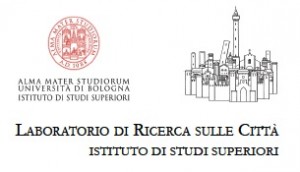 I’m just back from the “Contours of The City Conference” in Bologna, organized by the University of Bologna’s Laboratorio di Ricerca Sulle Città. It was all good: terrific hosts, stimulating company, an elegant meeting venue, and great cuisine.
I’m just back from the “Contours of The City Conference” in Bologna, organized by the University of Bologna’s Laboratorio di Ricerca Sulle Città. It was all good: terrific hosts, stimulating company, an elegant meeting venue, and great cuisine.
The conference honored Giovanna Franci, one of the co-founders of the Laboratorio and the European side co-director of our Atlantis project until her death in 2009. An original and interdisciplinary thinker, Giovanna received some fitting tributes from colleagues, including Umberto Eco who praised her for serving as an “ambassador of Italian culture in barbarian countries.”
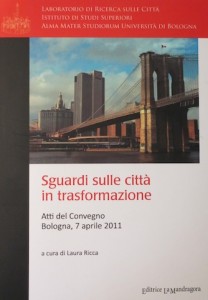 The conference was small and intimate. The sessions were sequential so attendees could hear every presentation. There were sessions on urban destruction and regeneration, urban “mapping” (in both its physical and ideological senses), urban sustainability (including problems around fear and security), and representations of the urban (specifically, Venice, Paris, London, and some other cities). A variety of disciplinary and interdisciplinary perspectives were on offer. Most presentations were in English and the remaining few in Italian. I was a participant in the session on destruction and regeneration, and I’ve posted my talk on “Urban Imaginaries and American Infill” to the Presentations page of this website. It’s also available here. All presentations will be published in book form by the Laboratorio later this year or early next. This will be the third book to emerge from Laboratorio events. The first is a very handsome volume on Looking at The City in Transformation. The second will deal with Brasilia. The Laboratorio’s list of past and future events and conferences is impressive (full disclosure: I’m a member of the Laboratorio’s Enlarged Scientific Committee).
The conference was small and intimate. The sessions were sequential so attendees could hear every presentation. There were sessions on urban destruction and regeneration, urban “mapping” (in both its physical and ideological senses), urban sustainability (including problems around fear and security), and representations of the urban (specifically, Venice, Paris, London, and some other cities). A variety of disciplinary and interdisciplinary perspectives were on offer. Most presentations were in English and the remaining few in Italian. I was a participant in the session on destruction and regeneration, and I’ve posted my talk on “Urban Imaginaries and American Infill” to the Presentations page of this website. It’s also available here. All presentations will be published in book form by the Laboratorio later this year or early next. This will be the third book to emerge from Laboratorio events. The first is a very handsome volume on Looking at The City in Transformation. The second will deal with Brasilia. The Laboratorio’s list of past and future events and conferences is impressive (full disclosure: I’m a member of the Laboratorio’s Enlarged Scientific Committee).
A few presentations directly related to themes explored on this blog and also spoke to each other in interesting ways. I’ll mention just a couple to give a sense of range. Dushko Bogunovich (Unitec Institute of Technology, New Zealand) spoke on “The City and The Crunch: Contours of a Pending Disaster.” Like many other urbanists, Dushko predicts an impending “perfect storm” for cities wrought by climate change, population growth, resource depletion, and biodiversity loss. To weather the storm we must change our collective institutions (what Dushko terms “groupware”), individual behavior (“software”), and technology (“hardware”). One of Dushko’s points is that low density urbanism is not necessarily a barrier to a sustainable future if it is resilient. This contrasts with some significant current thinking about American urban sustainability. Dushko also stressed that what we do in our educational institutions will be key to addressing the emerging crisis; specifically, we need to rethink dominant paradigms in town planning, urban design, and civil engineering.
Guido Moretti (a Bologna-based urban planner and engineer) picked up on some of these points. He struck a more hopeful note in a very interesting speech (translated for me on-the-fly by Elena Lamberti, for which I’m extremely grateful!) on “Protecting Cities.” The speech examined cities in the Islamic tradition. Signore Moretti detailed some characteristics of the often secluded “medina” that spring up, and thrive, in surroundings that present severe challenges of extreme heat and scarce water. The medina embody knowledge, accumulated over thousands of years, about how to plan and build in such environments so as to guarantee not only survival but also an intense, productive, and secure social life. Streets are lively, welcoming areas of socialization and commerce. Towers, domes, patios, underground canals, fountains, reflecting surfaces, and other elements of infrastructure harvest water from desert winds and sands and thermo-regulate the city. In Signore Moretti’s words, the Islamic medina “represents a useful and topical reference point with respect to our wastefully expensive and negligent modernity.” They provide lessons in appropriate and sustainable urbanism. I’d argue that such reference points and lessons, along with the paradigmatic rethinking mentioned by Dushko, should be a vital part of any progressive curriculum in contemporary urban planning and design.
Finally, several scholars gave presentations dealing with the flâneur –the writer, poet, intellectual, and assorted others who observe city life by walking among the crowd. Although I assign a bit of John Gay when I teach study abroad in London, prior to this conference I hadn’t thought much about what the literature on flânerie could contribute to understanding and regenerating the city. I certainly learned from the presenters that there’s significant debate about how to define and deploy the concept of flâneur in studies of the city. Those debates notwithstanding, I was struck by the suggestion of Giampaolo Nuvolati, an urban sociologist at the University of Milan, that we might produce better urban planners—and thus better contexts and settings for conducting urban social life—if we require our students to research, and experience the city as, flâneurs.
Included in the conference agenda were tours of the art collections of the Pallazo d’Accursio and the Pinacoteca, and two intermezzos consisting of readings on “Imaginary Cities.” The conference ended with a screening of the cult film Koyaanisqatsi, which I’m embarrassed to admit I saw for the very first time given that in an earlier life I researched and wrote about the Ancestral Pueblo Indians, including ancestors of the Hopi and Zuni. The film certainly provided an appropriate end–and a compelling challenge–to a conference of urbanists dedicated to analyzing the quality, pace, and sustainability of urban life. Another positive outcome of the conference was meeting, through my friend and colleague Gabriele Manelli (a Research Fellow in the University of Bologna’s Department of Sociology) some other scholars doing interesting research on urban poverty, homelessness and the built environment. More on that to come…
2 Comments
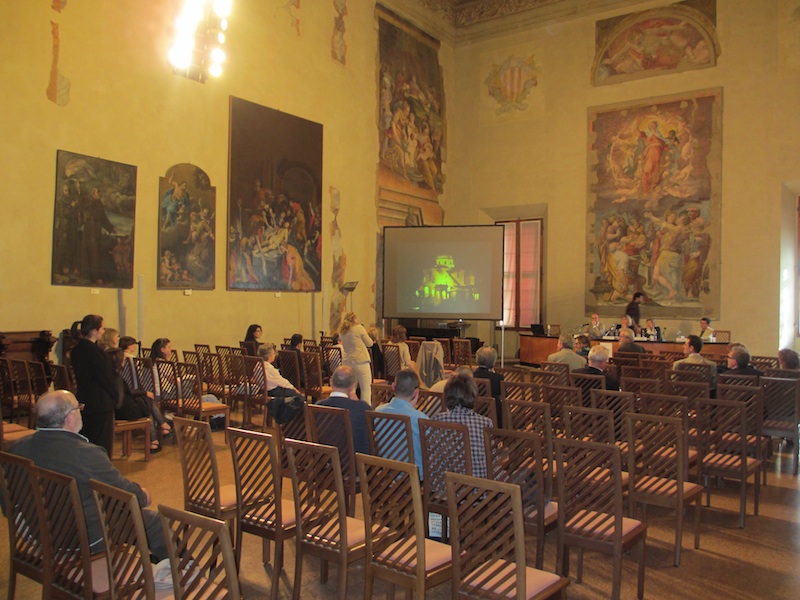
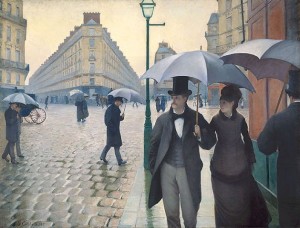
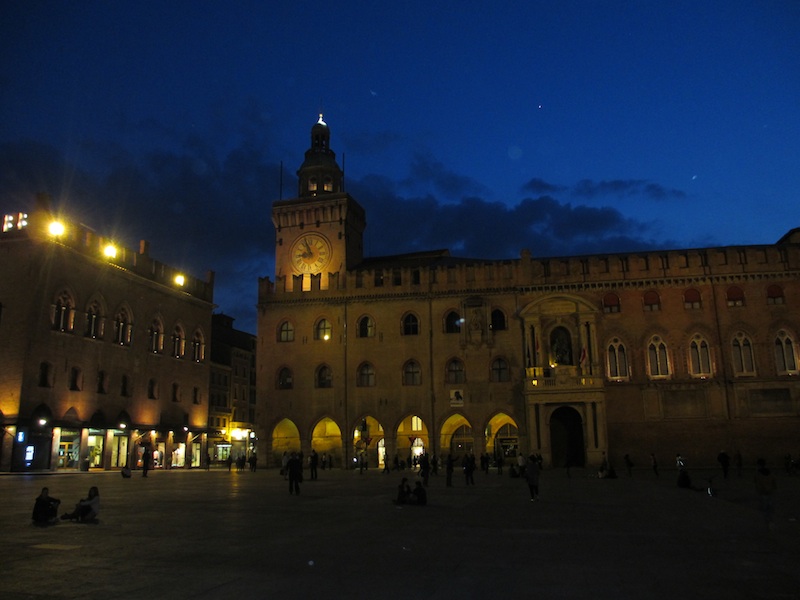
Leave a Reply to Ar sanjay deshmukh Cancel